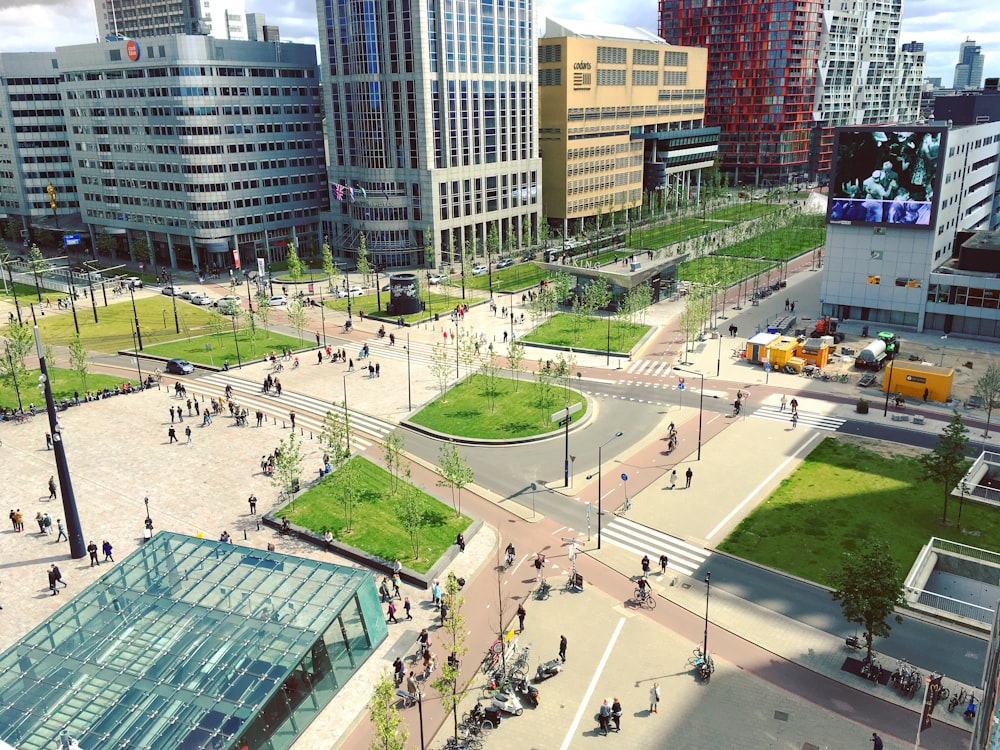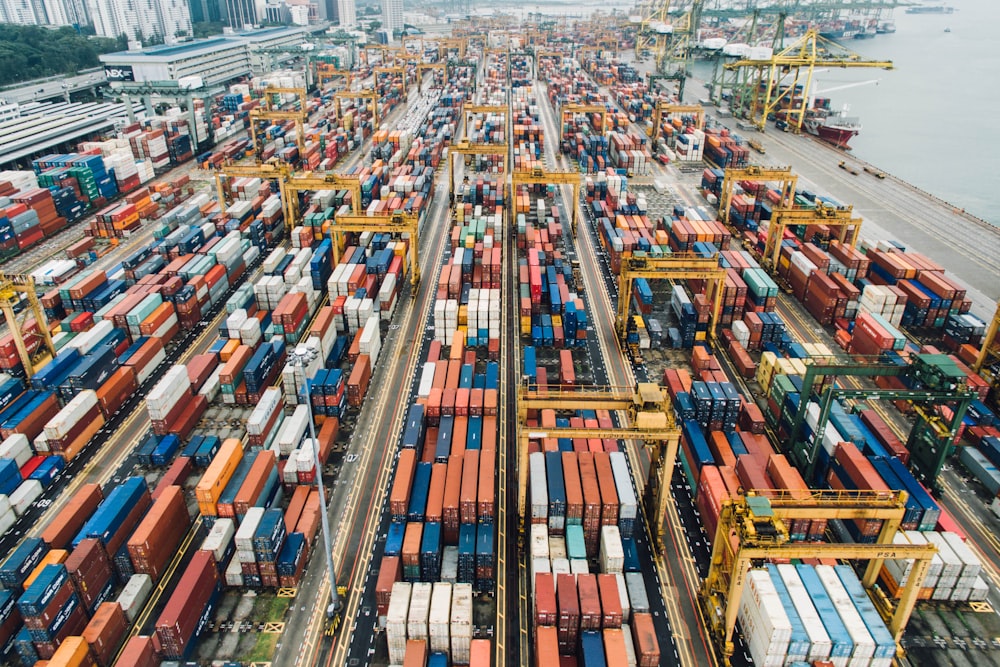10 Elements That Make for an Excellent Economic Zone

Photo by micheile henderson @ unsplash
For many Asian economies, Special Economic Zones (SEZs) and industrial estates play a crucial role in driving economic growth and attracting foreign investment. For decades, these designated areas have offered unique advantages and incentives to businesses and governments alike, promoting trade, creating employment, and exchanging technological advancements.
However, not all SEZs are made equal. To be successful in attracting investment and growing economies, these zones require several elements to come together. Decades of fine-tuning have allowed economic planners all over Asia to create new generations of SEZs and economic estates that promise to outmatch earlier developments in various key areas.
In the Philippines, the development of early SEZs, such as the Subic and Clark Freeport zones in the Central Luzon region in the late 1990s, paved the way for more specialised SEZs, such as Aboitiz InfraCapital’s West Cebu Estate in Cebu and LIMA Estate in Batangas. Lessons learned from earlier developments are now being applied to newer SEZs and even in business districts outside of these areas. In this article, we will explore ten crucial elements that make for an exceptional economic zone.
1. High-Quality Infrastructure:
Better infrastructure reduces businesses’ setup and overhead costs, allowing them to use the savings to further improve their growth. As such, an excellent economic zone requires top-notch infrastructure within and immediately outside of its area of jurisdiction. A well-maintained network of supporting infrastructure such as roads, bridges, ports, and airports is also necessary to facilitate efficient transportation of goods and services, ensuring smooth operations for businesses located within the zone.

2. Tax Incentives:
One of the primary attractions of SEZs is the availability of tax incentives. These incentives may include reduced corporate tax rates, exemptions or reductions on import duties, and simplified customs procedures, encouraging foreign and domestic investments and stimulating economic activities.
3. Access to High-Quality Labor Pools:
The availability of a well-educated and well-trained labour pool empowers businesses to find the talent they need to drive innovation and productivity. In the case of the Philippines, the presence of a highly educated, English-speaking labour force has made the country a prime business process outsourcing destination, offering a full range of back-office services for businesses around the world.
4. Logistics Advantages:
Efficient logistics and supply chain management are critical for businesses to thrive within an economic zone. Because of this, the best SEZs in the Philippines provide access to efficient transportation networks, well-connected ports, and streamlined customs procedures, minimising delays and ensuring the timely delivery of raw materials, manufactured goods, and even services. Some, such as the West Cebu Estate in Balamban, Cebu, even have their own port facilities, offering locators a more solid connection to global supply chains.
Read more: Third-Party Logistics Takes The Pressure Off Your Business

5. Good Management:
Effective management and governance are paramount for the success of an economic zone. A well-structured administrative framework that promotes transparency, responsiveness, and collaboration between government bodies and private stakeholders is essential to creating an environment that is conducive to productivity and business growth.
Explore: Management Systems: Leadership and Effectiveness (Part 1)
6. Regulatory Ease:
Streamlined regulations and simplified bureaucratic procedures are key factors that make an economic zone attractive to investors. SEZs in the Philippines try to offer a business-friendly environment by reducing administrative burdens and providing clear guidelines. These, in turn, reduce friction and foster a more efficient business ecosystem that’s conducive to growth.
7. Access to Surrounding Markets:
While many businesses that set up shop in Philippine SEZs are primarily geared to serve overseas customers, many also benefit from the Philippines’ own growing consumer market. Economic zones that are located close to nearby markets are highly advantageous as they can provide not only supply chain inputs but also potential customers. This is comparable to a business setup in Dubai mainland, where proximity to major markets enhances business opportunities. Proximity to densely populated areas and mature consumer markets allows businesses within the SEZ to easily tap into a broader customer base, enhancing their growth potential and market reach for a relatively low cost.

8. Industry-Specific Infrastructure:
Some of the most successful economic zones in the Philippines cater to specific industries, such as manufacturing or business process outsourcing. Developing industry-specific infrastructure, such as data centres, specialised industrial parks, or innovation hubs, can attract targeted investments, stimulating the growth of specific sectors.
9. Collaboration and Networking Opportunities:
Economic planners often encourage the growth of specific businesses within economic zones to create synergies and foster innovation. Providing shared spaces, organising industry-focused events, having tie-ups with local universities, and facilitating networking opportunities can create a vibrant community that benefits different SEZ stakeholders, both inside and outside of a zone’s facilities.
Supplementary reading: Powerful Networks: Leveraging Collaborative Contributions
10. Sustainable Practices:
The best economic zones take into account sustainable practices to not only reduce their environmental impact but also ensure the welfare of surrounding communities. This includes promoting energy efficiency, water and waste management, and environmental protection. Integrating eco-friendly practices can create greener and more socially responsible economic zones that drive growth without negatively affecting local communities or damaging the surrounding environment.

This may interest you: Leading with Purpose in the Era of Sustainability
By focusing on these ten elements when building economic zones, Philippine economic planners and SEZ developers can attract more investments, create high-quality employment opportunities, and boost economic growth. When all these elements are present, developers can establish exceptional economic zones that not only attract investors but also drive prosperity and meaningful development, benefitting the entire country.
Be sure to check out the media below:
Leaderonomics.com is an advertisement-free website. Your continuous support and trust in us allow us to curate, deliver and upkeep the maintenance of our website. When you support us, you enable millions to continue reading for free on our website. Will you give it today? Click here to support us.
Business
Tags: Consultant Corner
Germaine Ignacio is a freelance writer. As a Psychology major, she is interested in how investing in personal growth and happiness can improve professional productivity. She is also an avid baker who lives with two cats.





